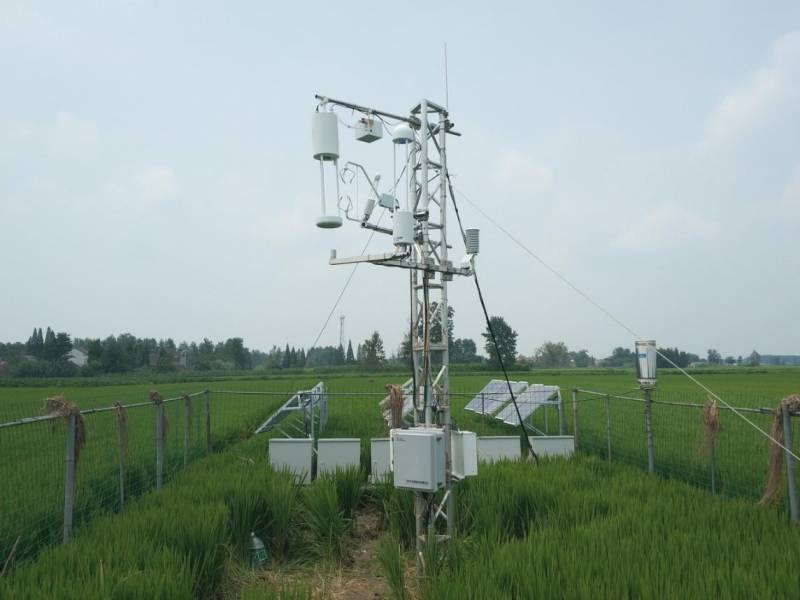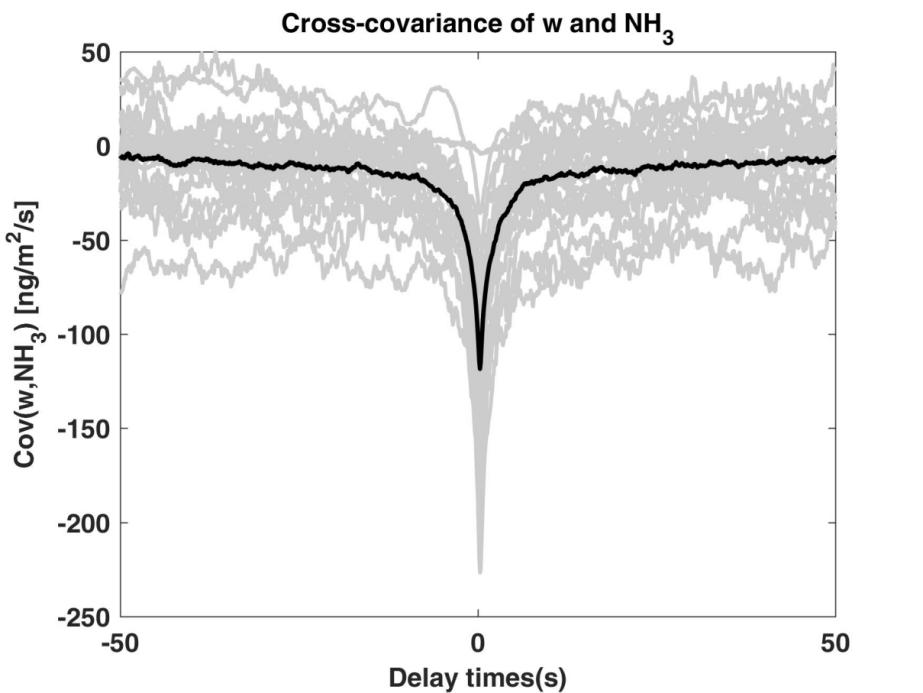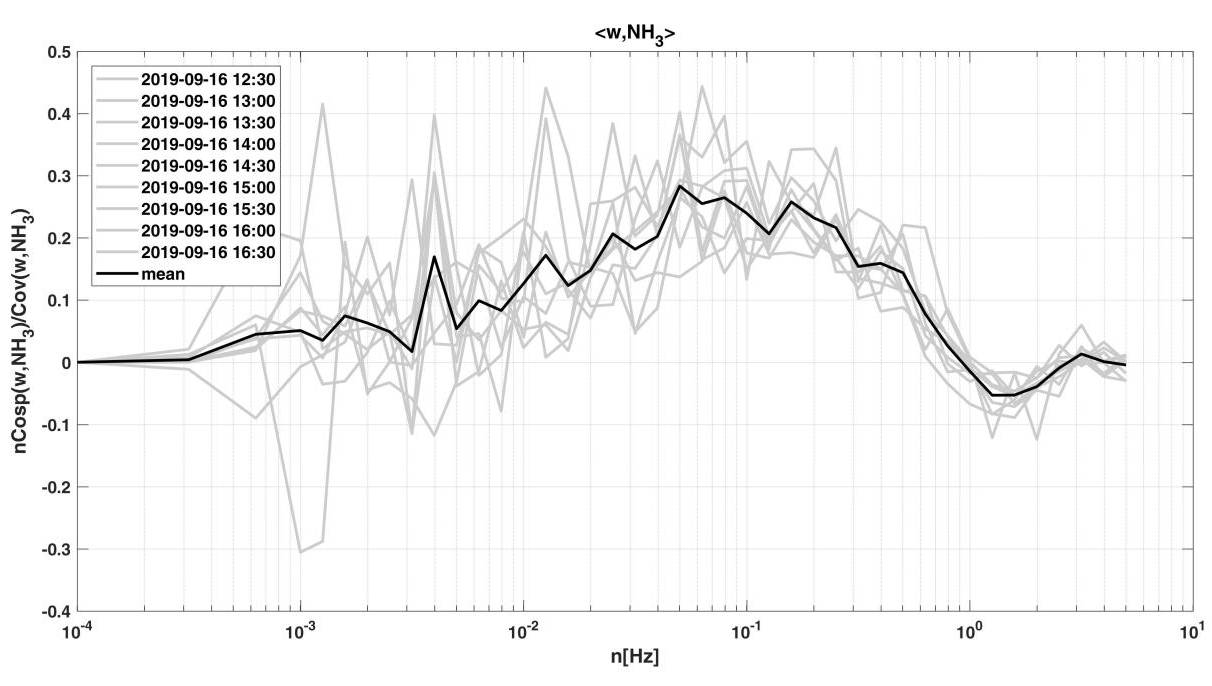 Home - Environmental monitoring - Applications - Field deployment of HT8700 in a rice field near a duck farm
Home - Environmental monitoring - Applications - Field deployment of HT8700 in a rice field near a duck farm To assess the ammonia (NH3) dry deposition related to agriculture and animal husbandry, HealthyPhoton cooperated with the Nanjing Institute of Soil Science, Chinese Academy of Sciences, and deployed HT8700 at a test site in Jiangdu, Jiangsu Province.

Figure 1 The NH3 flux tower at the Jiangdu experimental site
Among the dry deposition of nitrogen, NH3 deposition accounts for 80%. Excessive NH3 deposition can cause problems such as eutrophication of water bodies, soil acidification, and loss of biodiversity, which also poses a serious threat to human health.
The measurement of wet deposition of nitrogen began in the 1850s, while the measurement of dry deposition happened 100 years later. Agriculture and animal husbandry account for a large proportion of nitrogen emissions, and the development of related research relies heavily on the measurement of dry deposition. The HT8700 open-path atmospheric NH3 analyzer developed by HealthyPhoton is based on the advanced QCL+TDLAS technology, which enables real-time in-situ NH3 concentration measurements with 10 Hz high-frequency output and only 50W power consumption. Combined with the eddy covariance method, HT8700 realized the real-time monitoring of NH3 flux.
In 2019, HT8700 was deployed in the Jiangdu test site for agricultural NH3 flux studies. The experiment was located in a rice field in the downwind direction of a duck farm, which was a good place to set up the NH3 flux tower for agriculture and animal husbandry.
Figure 2 shows that the response speed between the HT8700 and the 10Hz ultrasonic anemometer is almost synchronized. The open-path optical design avoids the response delay caused by the NH3 adhesion to the inner wall of the sampling tube in the closed-path instruments. Hence, HT8700 can achieve real-time monitoring of NH3 flux at a 10 Hz rate. In this section of data, we can clearly see the NH3 dry deposition and the maximum flux has reached -230 ng/m2/s.

Figure 2 The cross-covariance of vertical wind velocity and NH3 concentration
The co-spectra in Figure 3 proved HT8700's excellent performance at the high-frequency range.

Figure 3 The co-spectra of vertical wind velocity and NH3 concentration
The realization of NH3 dry deposition observation is of great significance to the study of global nitrogen pollution. HealthyPhoton will continue to optimize the performance of HT8700 and contribute to the establishment of an NH3 flux observation network!
Related Links:
1. HealthyPhoton participated in ambient ammonia testing and monitoring at CNEMC
2. On-Site Mobile NH3 Measurements at Livestock Farm
3. Field Deployment of the HT8700 for Paddy Field Ammonia Emission Flux Measurements
4. HealthyPhoton collaborated with China Agricultural University for agricultural NH3 pollution control
 Tel:+86-400 961 6990 Email:info@healthyphoton.com
Add:Room 305, Building 1, Zhongchuang Science Park, Jinyuan Road, Panhuo Street, Yinzhou District, Ningbo City,China
Tel:+86-400 961 6990 Email:info@healthyphoton.com
Add:Room 305, Building 1, Zhongchuang Science Park, Jinyuan Road, Panhuo Street, Yinzhou District, Ningbo City,China


